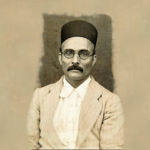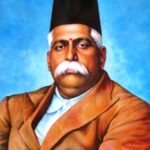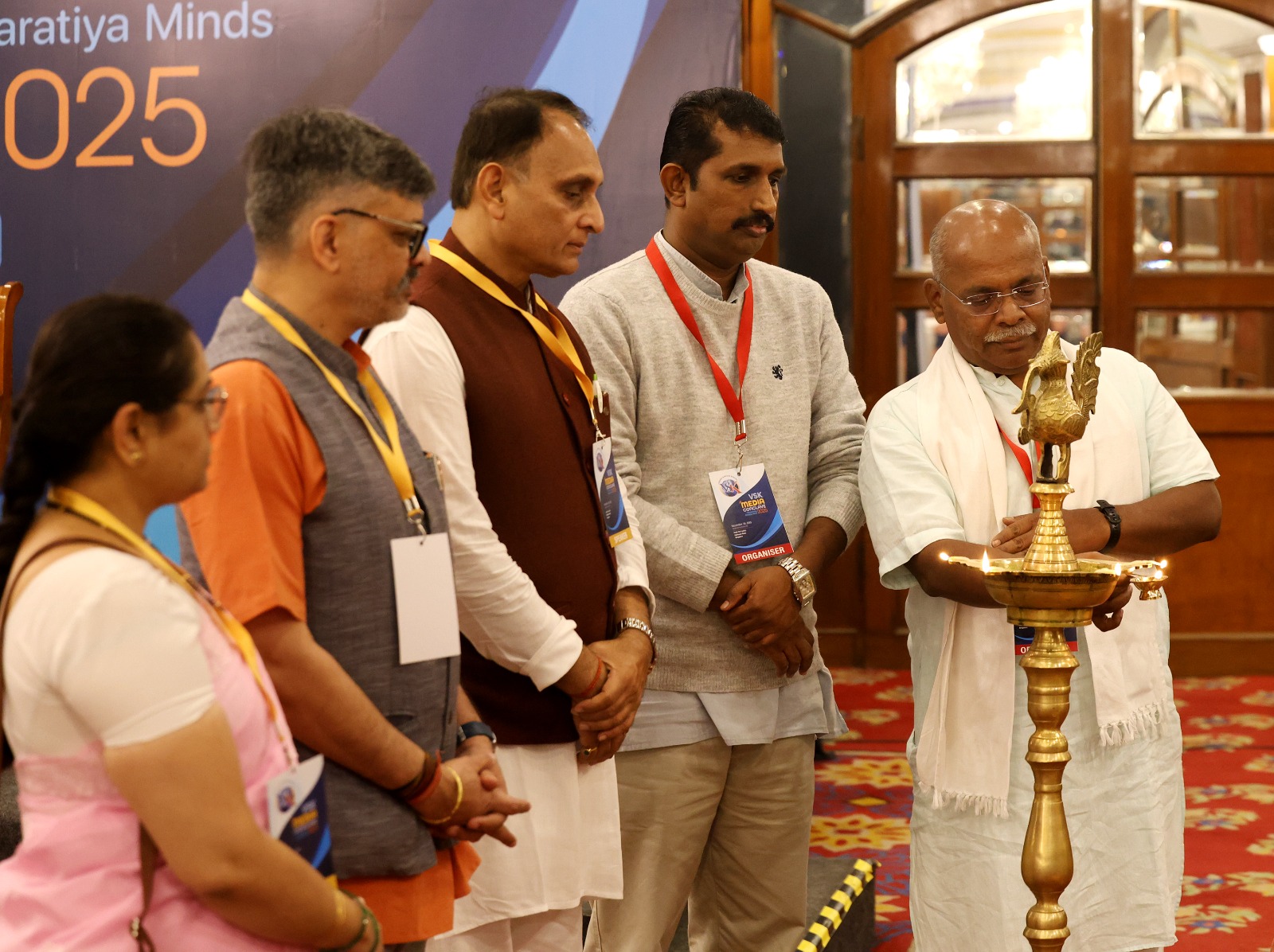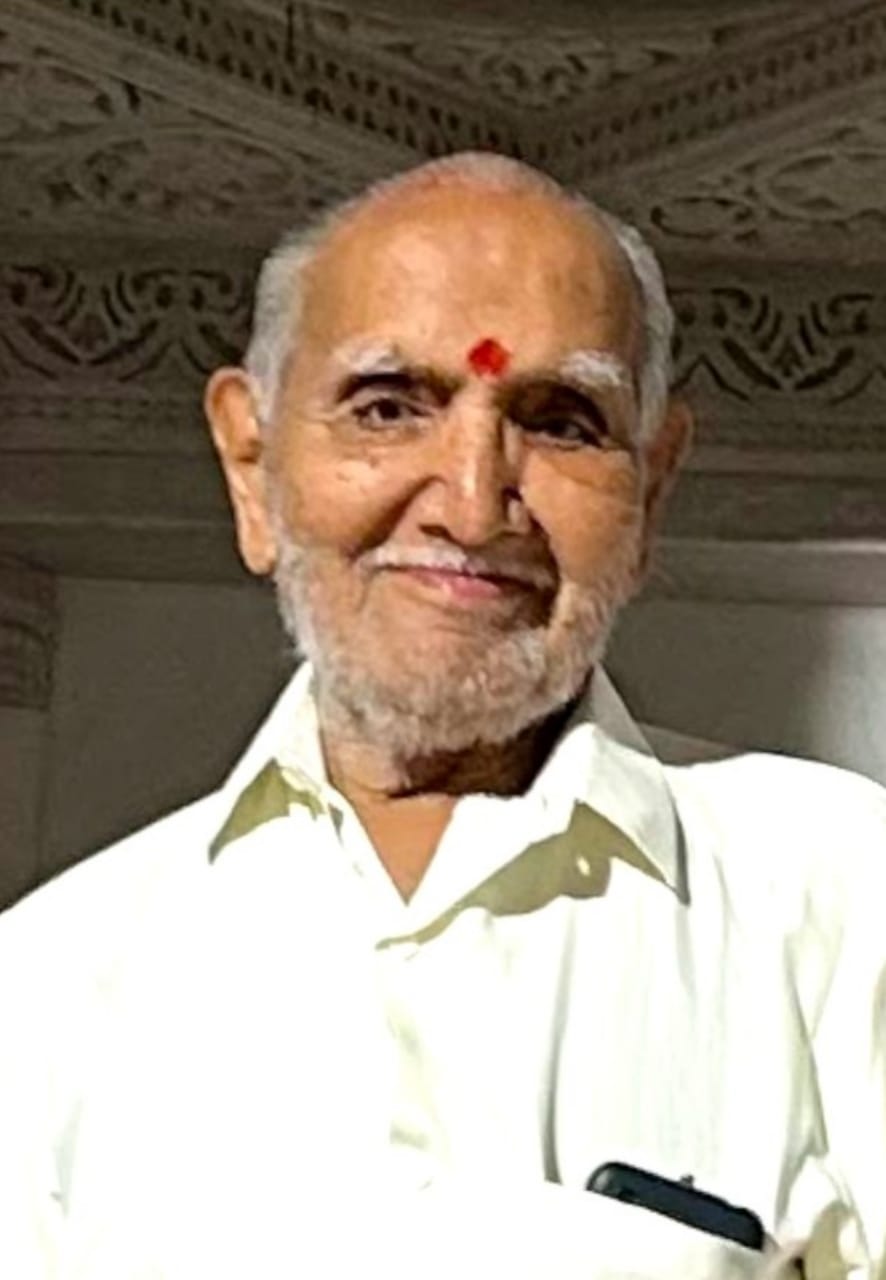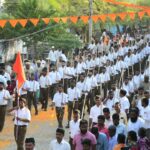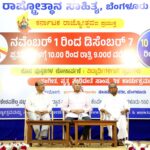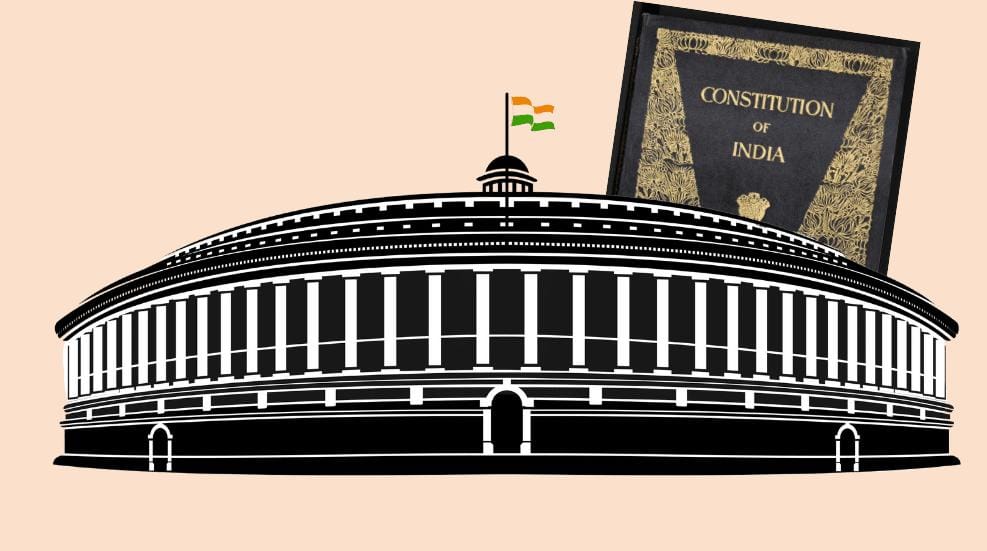
By Reshel Bretny Fernandes, Author and Student SDM Law College, Mangaluru
“ The framing of the constitution only works when it is been implied and utilized for the promotion of equitable welfare .”
India when gained independence had the overlook towards the way of setting up nation which strives giving it’s importance to the creation of democratic state where the individuals will have their platform for development of personality with security. This could be only possible through the framing of a constitution which would be a base for the secure living. Constitution is the fundamental law of land which governs the state and the citizens. The constitution is which makes the citizens ultimately aim for a happy living. Today the betterment is focused by the means of constitution. Atal Bihari Vajapayee remarked saying a statement, “Governments would come and go, political parties would be formed and disunited but the country would survive at the ties of constitution.” With this foresightedness the constitution framers build not only the present but a foundation for strong future. The formation of the constitution is a praiseworthy task which has involved the hardwork of many people that the today’s generation are maintaining the living standards promoting peace and harmony. The constitution formation was like watering the plants daily that has now grown into a tree which bears the sweet fruits of contended living giving the legal transactions connecting all the activities in the society that reaches at the groundroot levels.
PRIOR 1857 WAR OF INDEPENDENCE:
From the Regulating Act 1773 , Ammending Act 1781, Pitt’s Act of 1784 , 1786 , Charter Act of 1793 , 1813 , 1833 , 1853 these various acts and reforms contributed towards the making of the constitution in concentrating upon various dimensions of the administration connecting to the creation of the constitution .
AFTER THE 1857 WAR OF INDEPENDENCE:
The vibes of framing the constitution began during the times of 1857 war of independence where the people fought for promoting freedom. Later on the powers came into the hands of British Crown in 1858 where the promotion of the constitution making was emphasized . Here we notice that, the legislations of GOI act of 1858, 1861, 1892 supported the creation of constitution. Later on, 1909 Morley Minto Reforms and 1919, Montagu- Chelmsford Reforms were made. In 1920 with a lot of political activists were inspired by the ideologies through laws by abroad countries and wanted to implement here. During the times in 1922 , Gandhiji had provided an statement saying “ Swaraj will not be a contribution of British to Indians But will be a work created by Indians through self – determination.” This brought in the roots of making a constitution. The Simon Commission had provided certain proposals wherein contributes to the creation of the constitution and the communal representation of 1932 had provided electorates for the communities . Later, M.N Roy a pioneer of the communist movement has provided the opinions for the creation of constitution put forward this opinion.
TENURE AFTER 1935 :
The major changes took place here where the Government of India Act 1935 had given main provisions like diarchy, division of powers, bicameralism, communal representation, abolition of Council of India, Establish RBI, federal court, public service commissions . These support the move towards the formation of the constitution . In the year 1938, Jawaharlal Nehru proclaimed a free India must have a constitution without any interference or domination from outside. In 1940 , the Cripp’s proposal was prepared wherein we noticed that , Stafford Cripps headed it saying that after the World War II they would get an opportunity for the creation of constitution which resulted in the outbreak of Quit India Movement in 1942. After the Labour party came into power they sent Cabinet Mission plan under Sir Stafford Cripps, Pathic Lawrence and Alexander . The Indian Independence Act of 1947 which passed for the creation of the constituent assembly with some principles .They emphasized to create a constituent assembly where the members were to be selected in indirect means , but the Indian system worked through the direct elections . After the independence the Constituent assembly was working as a sovereign body . For the interim Government it acted as a legislative body which contributed over the creation of many laws. The total members of assembly were 389, comprising of provincial legislatures and the princely states . The constituent assembly met on December 9, 1946 making Dr. Sachidananda Sinha as the temporary president and on December 11, 1946 Dr. Rajendra Prasad became the president . On 13 December 1946 , the “ Objectives Resolution “ was passed which became a base for the preamble making . The various Committees were formed under them , which were :
- The major committees – comprising of 8
- Drafting Committee – set up on 29 August 1947 that had 7 members in them . Dr. B R Ambedkar was the chairman of the drafting committee.
- Minor Committees – comprising of 13
These committees worked hard in their set up and after the complete discussion ,the drafting committee prepared the first draft published in February 1948 where the people of India had been allotted with eight months for the amendments which was open for various suggestions and opinions . The second draft was put forth in October 1948. Further on November 4, 1948 it was that the final draft was prepared which the assembly had deep discussion for 5 days. The second reading was on October 15, 1949. During this time many amendments were proposed. Again the third reading was proposed, on November 15, 1949 where the constitution as decided by assembly to be passed. On November 26, 1949 was adopted with the signatures of members present obtaining the major pillar to hold the building of India upright with Preamble, 395 articles , 8 schedules. The work made by the constituent assembly was praiseworthy which could create the dedication among the countrymen. Further on the January 26, 1950 the constitution came into enforcement. There were many other functions formed by the constituent assembly :
- Ratified the membership in Commonwealth of nations in 1949
- Adopted National Flag on July 22, 1947
- Adopted National Anthem on January 24, 1950
- Adopted the national song
- Even elected the new president of India , Dr. Babu Rajendra Prasad
These works made even more the constituent assembly to enhance and make the systems at a better ways .
CONCLUSION:
From the above description , it is noted that , it did not take one day for the creation of constitution , but it took years which involved the step by step development for the financial enforcement of the constitution . Now as , we all have been given with the constitution which must be followed by the individuals. The creation of constitution was for the sake of shaping the country which moulds the actions into a better manner. We find that constitution governs the state and it’s citizens which gives the power and zeal of individuals creating ways of development. The significance of the constitution is to be understood which can make the hardwork of the constitution makers successful fullfilling the vision of forsightedness . The constitution which guards and ensures us the happy living has framed with the formation of the systamatic approach in the working . This makes the Indians work hard and only strive towards the excellence through best possible means with strong commitments . The constitution is the source of inspiration that we all must understand it’s aim in working so that country reaches the expected goals .The living depends on the people but the constitution serves in guiding the individuals at the right path making right sense of working excepting development at all the levels in the society.
“The process of making constitution is like a wheel which has turned the strokes of enhancing future with political sustainability.”
